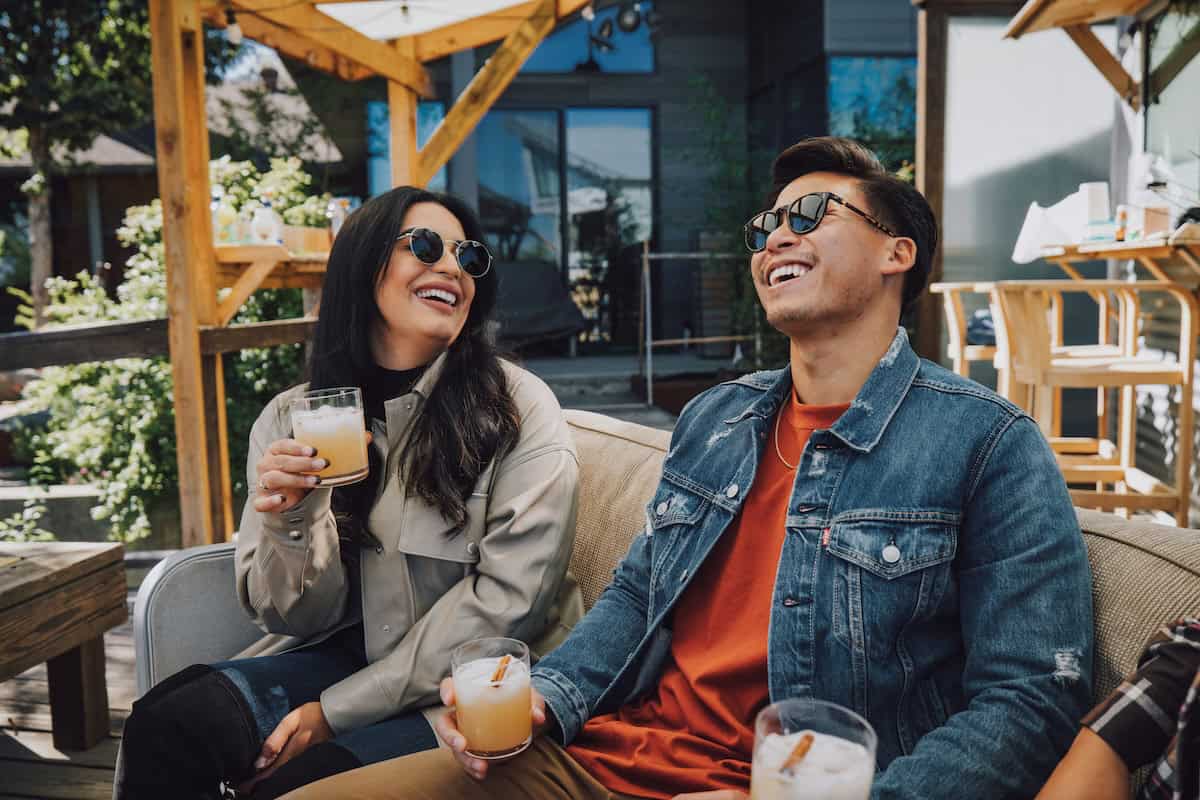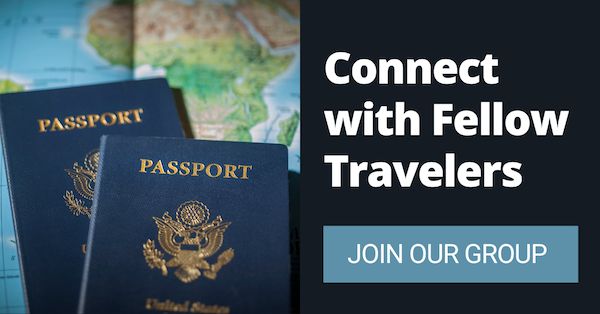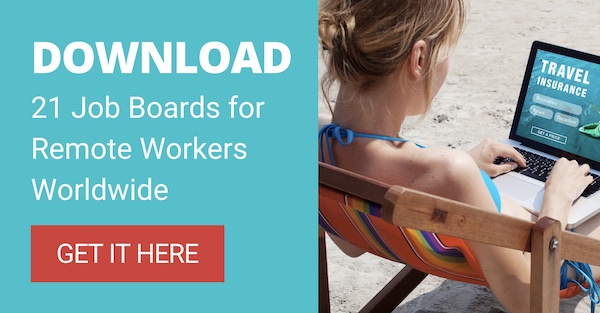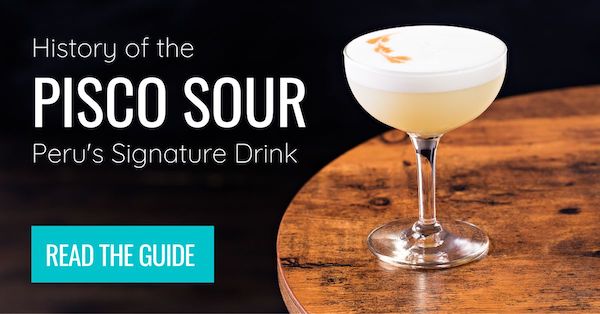
How to Travel When You’re a Morning Person and Your Partner is a Night Owl
By: Heather Keys
Skip to Section
Article Summary
One of you bounces out of bed at 5am ready to conquer the world, while the other considers anything before 10am a crime. If this sounds like your travel partnership, you need a game plan before someone ends up permanently banished to the hotel lobby.
This guide breaks down the four main travel schedule types, from genuine early birds who think sunrise is nature’s alarm clock to true night owls who believe morning is just a rumor. You’ll learn why opposite sleep schedules actually create better trips when you work with them instead of fighting biology. The article covers practical strategies for managing different energy patterns, choosing destinations that work for all chronotypes, and maximizing your adventure coverage by splitting up during peak hours.
- Early birds get peaceful morning explorations while night owls discover late-night local scenes, giving you complete destination coverage
- Overlap hours between 11am and 7pm work best for shared activities like museums, lunch, and main sightseeing adventures
- Smart accommodation choices with blackout curtains and separate spaces prevent sleep schedule conflicts
- Cities like Tokyo and Bangkok offer meaningful experiences at all hours, while beach destinations balance calm mornings with active nights
- Meeting points work better than forced departures, letting each person start their day naturally before reconnecting refreshed
You’re ready to catch sunrise at Machu Picchu. Your travel partner thinks sunrise is a conspiracy theory and refuses to acknowledge anything before 10am exists.
If this sounds like your relationship, you need strategies that work for both schedules before someone ends up sleeping in the hotel lobby.
Understanding Your Travel Schedule Type
Most travelers fall into one of four sleep pattern categories. Knowing yours helps predict and prevent timing conflicts on the road.
The Genuine Early Bird
You wake up naturally before 6am, even on vacation. By the time most people hit snooze for the first time, you’ve already mentally planned your entire day. Coffee tastes better when the streets are empty, and you genuinely feel bad for people missing those quiet morning hours. Your peak energy hits between 7am and noon. By 3pm, you’re thinking about dinner. By 9pm, you’re fighting to keep your eyes open, regardless of what time zone you’re in.
The True Night Owl
Morning is something that happens to other people. Your brain doesn’t fully engage until at least 11am, no matter how much coffee you consume. You come alive after dark, finding your best energy when everyone else is winding down. Your most productive hours start after 10pm. You know which restaurants serve late-night meals in every city you visit. The phrase “early to bed” doesn’t compute in your vocabulary.
The Forced Adapter
You might not naturally be either type. Maybe your job turned you into an early riser, or college transformed you into a night person. On vacation, your true schedule emerges, leaving you confused about when you actually prefer being awake. You can switch schedules, but it takes several days. Strategic napping becomes your survival skill. Your body clock stays perpetually confused, especially when crossing time zones.
The Irregular Sleeper
You’re awake at unpredictable hours regardless of location. Maybe you’re alert at 4am and 2am with an energy crash around dinner time. Your schedule doesn’t match any traditional pattern. Power naps keep you functional. You might want breakfast at midnight or dinner at dawn. Traditional meal times mean nothing to your internal clock.
Why Different Schedules Can Improve Your Trip
Having opposite peak times actually enhances travel experiences when you plan around them.
Double the Coverage
While you’re experiencing the Tsukiji Outer Market at 5am, your night owl partner discovers which izakayas stay open until dawn. You experience your destination around the clock instead of just during standard tourist hours.
You get peaceful morning explorations. They get buzzing nightlife adventures. Together, your trip reports cover every aspect of a destination, not just the 9-to-5 highlights.
Natural Alone Time
Every travel partnership benefits from breathing room. When you wake at different times, you get solo adventures without negotiating for personal space or dealing with hurt feelings.
Morning people get quiet coffee and reading time. Night owls get late-night conversations with locals at hotel bars. Both recharge in preferred ways without abandoning each other.
Practical Advantages
Someone’s always alert for important tasks. Early birds handle morning checkout and catch included breakfast. Night owls manage late arrival logistics and remember where you put the room key after dinner.
You book morning activities; they handle dinner reservations. Someone’s always coherent enough to deal with unexpected travel situations.
Strategies for Mixed Schedule Travel
These methods prevent conflicts and maximize enjoyment for both chronotypes.
Identify Overlap Hours
Find when you’re both functional humans. This usually falls between 11am and 7pm. Plan shared activities during these hours: museums, lunch, sightseeing, beach time.
Save sunrise hikes for solo early bird missions. Reserve late-night food tours for the night owl’s domain. Shared experiences happen when nobody’s struggling to stay awake or fighting their natural rhythm.
Choose Accommodations Wisely
Book rooms with schedule differences in mind. Blackout curtains become essential. The early riser needs to leave quietly without waking their partner. The night owl needs to return without disturbing anyone.
Consider suites or connecting rooms for longer trips. Having separate spaces where the night owl can read without keeping anyone awake changes everything. Many hotels offer rooms with divided living areas perfect for different schedules.
Use Meeting Points
Instead of forcing simultaneous departures, set meeting locations. “I’ll be at the cafe we liked around 11am” works better than rushed morning coordination.
WhatsApp location sharing prevents anyone from getting lost. Early birds can share morning discoveries while night owls slowly caffeinate. You reconnect refreshed rather than resentful.
Respect Energy Patterns
Don’t book fancy dinners at 6pm if the early bird fades by 7. Skip 7am tours if the night owl won’t remember them anyway.
Schedule active pursuits during mutual high-energy windows. Save relaxed activities for when someone’s energy dips. Nobody wants to climb temple steps while fighting their circadian rhythm.
Destinations That Work for Both Types
Some places naturally accommodate all schedules.
24-Hour Cities
New York, Tokyo, Bangkok, and Berlin never fully sleep. Early birds get peaceful morning parks and empty museums. Night owls find entertainment well after midnight.
These cities offer meaningful experiences every hour. Morning markets for early risers, late-night food scenes for night people. Public transport runs constantly, so nobody gets stranded.
Beach Destinations with Nightlife
Miami, Ibiza, and Bali balance calm mornings with active nights. Early birds get empty beaches and sunrise yoga. Night owls get beach parties and clubs.
You can enjoy the same location at completely different times. Morning person gets sunrise meditation on the sand. Night person gets moonlight parties on the same beach.
European Cities with Cafe Culture
Paris, Barcelona, Vienna, and Rome excel at accommodating all schedules. Cafes open early for pastries and stay late for aperitifs.
Museums typically run 10am to 6pm, hitting the overlap sweet spot. Restaurants serve late enough for night owls while offering early options for morning folks.
Adventure Destinations
Queenstown, Costa Rica, and Patagonia offer activities throughout the day. Sunrise hikes and sunset adventures. Morning wildlife watching and evening stargazing.
Tour companies understand different energy patterns. They schedule activities across all hours. Early birds catch morning rafting; night owls get sunset ziplines.
Making Long-Term Success
Honest communication and mutual respect make mixed-schedule travel work.
Skip Conversion Attempts
Stop trying to change your partner’s natural rhythm. It won’t work and creates resentment. Accept that you operate on different schedules and plan accordingly.
Some people function better at different times due to biology, not laziness. Respect the difference like any other personal trait.
Build Time Buffers
Add extra time to joint morning activities. If you need to leave at 9am, tell the night owl 8:30. They’ll still run late, but you’ll actually depart on time.
For evening events, warn early birds in advance. They can plan afternoon naps or adjust their day. Surprises don’t mix well with different chronotypes.
Share Separate Adventures
Early birds notice details others miss in quiet morning hours. Night owls meet characters and find experiences that don’t exist before dark. Together, you create a complete destination picture.
Exchange stories during overlap meals. Morning market finds become lunch conversation. Midnight food discoveries become tomorrow’s dinner plan.
Technology That Helps
Modern tools make mixed schedules easier to manage.
Google Maps timeline lets you share discoveries. Early birds mark morning spots. Night owls add late-night gems. You build collaborative guides without being attached at the hip.
Time and Date helps plan around natural light. Early birds track sunrise times. Night owls time their emergence with sunset.
White noise apps help night owls sleep through early morning routines. Sleep masks and earplugs should be standard equipment for both types.
The Bottom Line
Different sleep schedules aren’t a problem to solve. They’re a feature that doubles your adventure potential when you work with them instead of against them.
The early bird/night owl combination gives you complete destination coverage. You experience quiet morning streets AND buzzing nightlife. You catch sunrise AND find the best midnight food trucks.
Plan around natural rhythms instead of fighting them. Meet in the middle for shared experiences, then celebrate solo adventures.
Ready to book that trip? The key is respecting each other’s schedule. Synchronized sleep is overrated anyway.
About the Author
Originally from Indiana, Heather believes every destination has a story worth telling and a reason to visit. With a deep love of adventure, history, and psychology, she shares travel trivia, tips, and inspiration to encourage you to explore the world with curiosity and optimism. Read her other articles on Frayed Passport here.Featured image by Nate Johnston on Unsplash
Information published on this website and across our networks can change over time. Stories and recommendations reflect the subjective opinions of our writers. You should consult multiple sources to ensure you have the most current, safe, and correct details for your own research and plans.
Frayed Passport is a participant in the Amazon Associates Program, an affiliate advertising program designed to provide a means for sites to earn advertising fees by advertising and linking to Amazon.com. We also may share links to other affiliates and sponsors in articles across our website.




